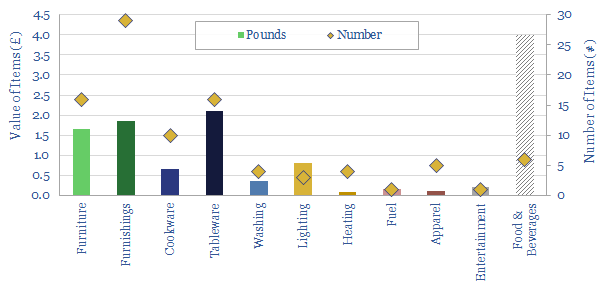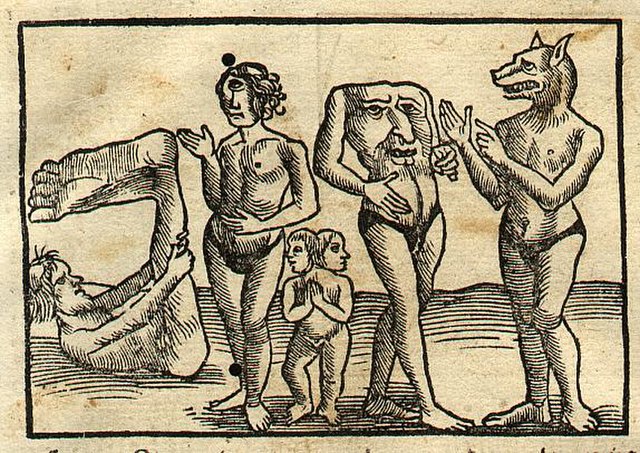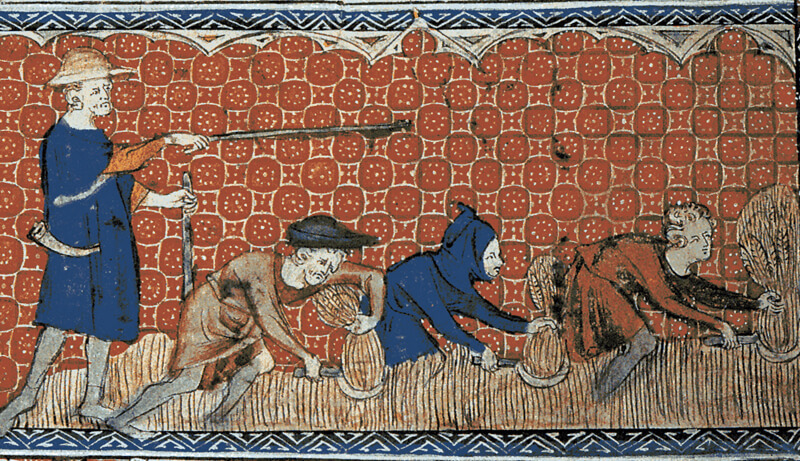Energy shortages are gripping the world in 2022. The 1970s are one analogy. But the 14th century was truly medieval. Today’s note reviews its top ten features of Medieval energy shortages. This is not a romantic portrayal of pre-industrial civilization, some simpler time “before fossil fuels”. It is a horror show of deficiencies, in lifespans, food, heat, mobility, freight, materials, light and living conditions. Avoiding devastating energy shortages should be a core ESG goal.
(1) 300-years of progress. Per capita income in England had trebled between 1086 and 1330. It was stoked by trade, including via Europe and the Hanseatic League. And by technology, including world-changing innovations such as plowing with horses, vertical overshot wheels, windmills (introduced from Iran in the late 12th century), wool spinning wheels, horizontal pedal looms, flying buttresses, compasses, sternpost rudders, larger sailing ships and spectacles. Note about two-thirds of these are about ways of harnessing or using energy. To a person born in 1250, it must have looked as though human civilization was on an ever-upwards trajectory.
(2) Downwards trajectory. Europe’s population fell from 70M in 1300 to 52M in 1400. In the UK, numbers fell from 5M in 1300 to 2.5M in 1400, shrinking by 10% during the famines of 1315-1325, 35% in the Great Plague (1347-1351) and 20% in famines of the 1360s. Unrest accelerated too, culminating in the ‘Peasants Revolt’, the first mass rebellion in English history, in 1381. These were dark times, a “lost century”.
(3) Climate and energy. Some accounts say Britain cooled by 1ºC in the 14th Century. There are records of vineyards in 1300, but they have disappeared by 1400. The greatest danger was when two years’ crops failed in succession. 1315-17 is known as the ‘great famine’. But bad years for wheat occur in 1315-17, 1321-3, 1331-2, 1350-2, 1363-4, 1367-8, 1369-71 and 1390-1. As muscle power was the main motive energy source of the world, medieval energy shortages were effectively food shortages, curtailing human progress. And this would last until the industrial revolution.
(4) Living conditions. Life expectancy was lower and more variable than it is today. Half died before adulthood. The median age was 21. Only 5% were over 65. The average man was 5’7”, the average woman 5’2”. Only c10% of Europe’s population lived in towns. Even the largest cities only had 20-200k people (Paris, Venice, Ghent, Milan, Genoa, Florence, Rome, London). Literacy was about 5-10%. Again, many of these are symptoms of a civilization struggling to produce enough food-energy.
(5) Possessions were few. Up to 80% of the population comprised peasant farmers, without much formal income. A laborer earned 1-3 pence per day (£1-3 per year), a skilled laborer such as a carpenter or thatcher earned 3-4 pence (£3-5) and a mason earned 5-6 pence (£5-8). (In the upper echelons of society, a ‘knight’ had an income above £40 per year). Two-thirds of a typical worker’s wages were usually spent on food and drink. Thus a middle income urban individual might at any one time possess only around 100 items worth £5-10 in total. Most are basic necessities (chart below, inventory here). The ratio of incomes:basic products has risen by an amazing 25x since 1400. And for many commodities, costs have continued falling in real terms since 1800 (data-file below).

(6) Mobility. Many manorial subjects (aka villeins) were effectively bound to 1-2 acres of land and lived their entire lives in one cottage. They traveled so little that they did not have or need surnames. Freemen, who could travel, would usually know what was to be found at market towns within a 20-30 mile radius. Horse mobility was much too expensive for the masses, with a riding horse costing maybe £4, around a year’s wages, plus additional costs to feed, stable, ride and toll. So most would travel on foot, at 2-4 mph, with a range of c15-20 miles per day. Horse travel was closer to 4-5 mph. Thus in 1336, a youthful Edward III rode to York covering 55 miles in a day. The ‘land speed records’ of the era varied by season, from 50 miles/day in winter to 80 miles/day in summer, and were determined as much by the roads as the ‘movers’. Again, this would persist until industrial times.
(7) Freight was very limited. Carts existed to transport goods not people. But they were particularly slow, due to bad road conditions, and expensive. Grain was imported during famines, but it physically could not be moved inland. The same trend operated in reverse, as candles (made from animal fat) cost 2x more once transported into a city than they did the countryside. The rural economy revolved around small market towns, which attracted hundreds of people on market days from a 1-5 mile radius, as it was not practical to walk c25-miles to a city, except for crucial specialist goods.
(8) Long-distance travel outside of Europe was practically unknown. So much so that myths abounded. The Terra Australis was rumored to be a vast Southern land, where men could not survive because it was too hot; instead inhabited by “sciopods”, who would lie on their backs and bask in the shade beneath their one giant foot. This mythical level of remoteness made spices from the East among the ultimate luxuries. Pound for pound, ginger might cost 2s (6-days’ wages) cloves 4s (12-days) and saffron 12s (60-days).

(9) Biomass was the only heating fuel. The right to gather sticks and timber was granted by manorial lords to their tenants. Every last twig was used. Heavy harvesting reduced woodlands to 7% of England’s land area (they have recovered to 13% today). Winter’s skyline was particularly bleak, as no evergreens have yet been introduced from Scandinavia. Heavy use of wood in construction also made fires a devastating risk, so many cities banned thatched rooves or timber chimneys. Ovens were communal. In a similar vein, the cost of lighting has fallen by 99.99% since these pre-industrial times.
(10) Appearances? “The prime reason to avoid medieval England is not the violence, the bad humour, the poor roads, the inequality of the class system, the approach to religion and heresy or the extreme sexism. It is the sickness”. Havoc was wrought by smoke, open cesspits and dead animals. Dental care was not about preserving teeth, only masking the scent of decay. Soaps were caustic and induced blisters. Excessive combing of hair was frowned upon. Moralists especially castigated the Danes who were “so vain they comb their hair everyday and have a bath every week”.

To an energy analyst, the list above simply translates into energy shortage after energy shortages. We are not left smiling at a romantic image of pre-industrial society, but grimacing at woeful deficiencies in food, light, heat, mobility, freight, materials. It has become common to talk about the 1970s as the stock example of global energy shortages. But the 14th century was truly medieval.
Sources:
Crouzet, F. (2001). A History of the European Economy. 1000-2000. University Press of Virginia, Charlottesville and London.
Mortimer, I., (2009). The Time Traveller’s Guide to Medieval England. Vintage Books. London.
Wickham, C. (2016). Medieval Europe. Yale University Press.
